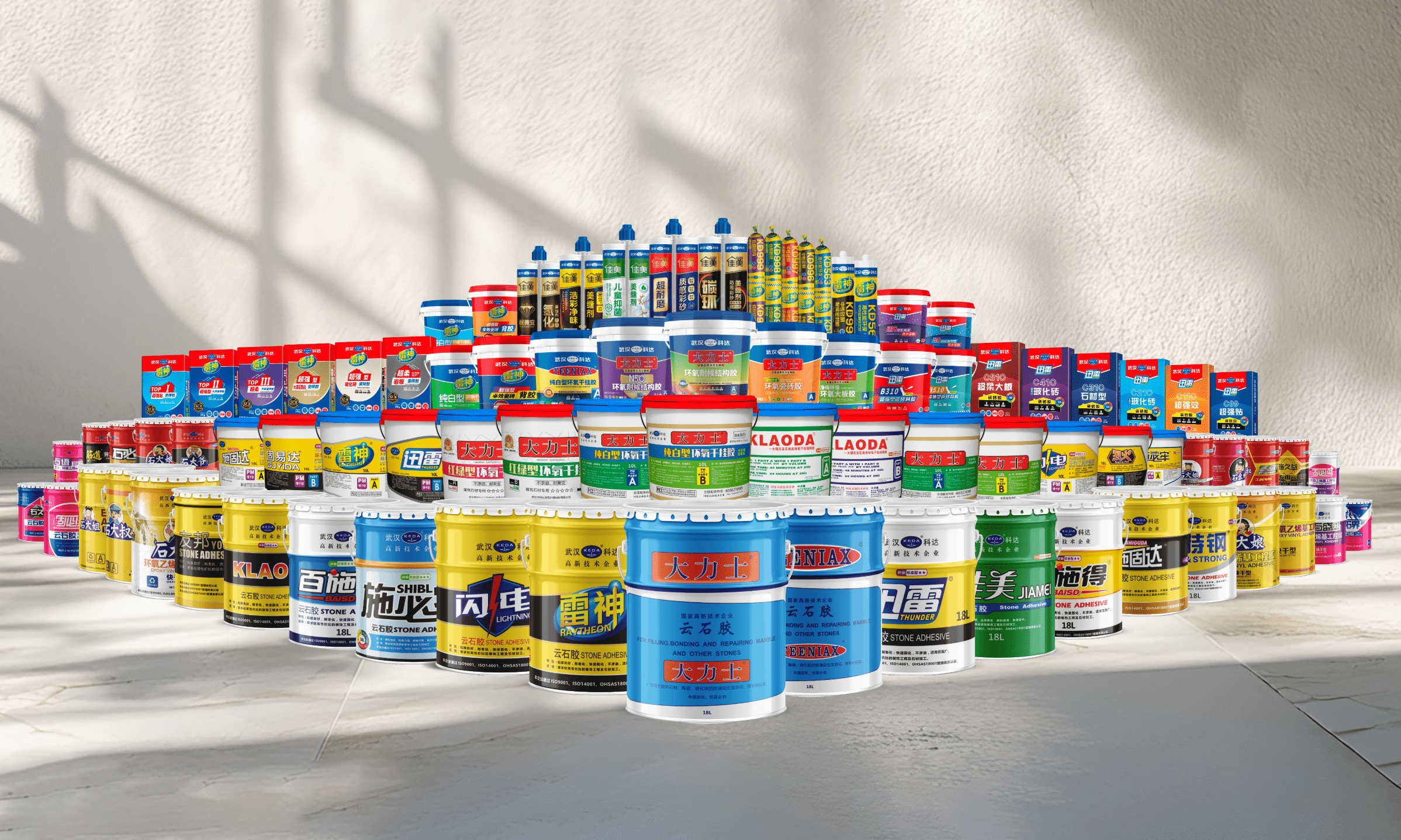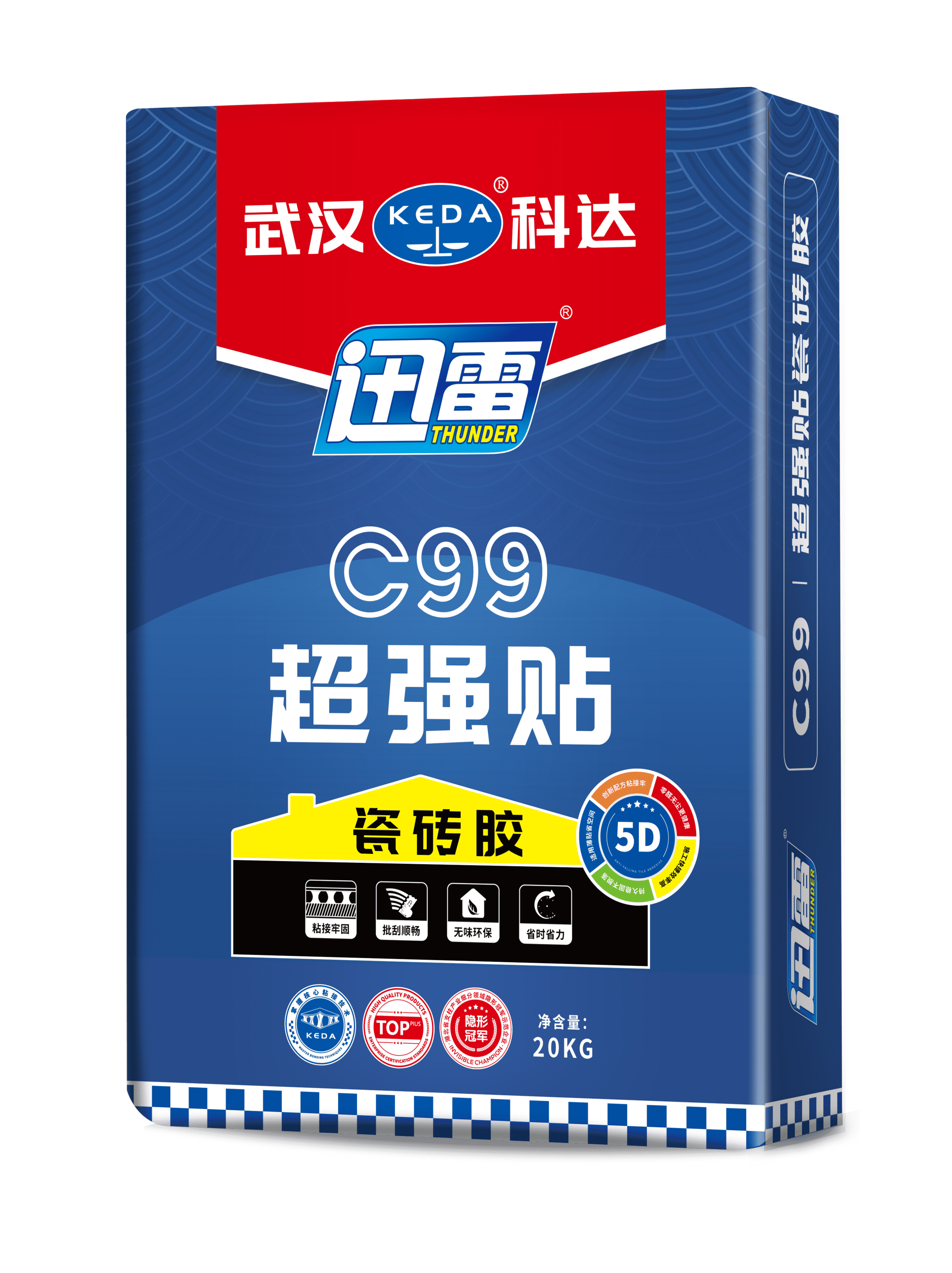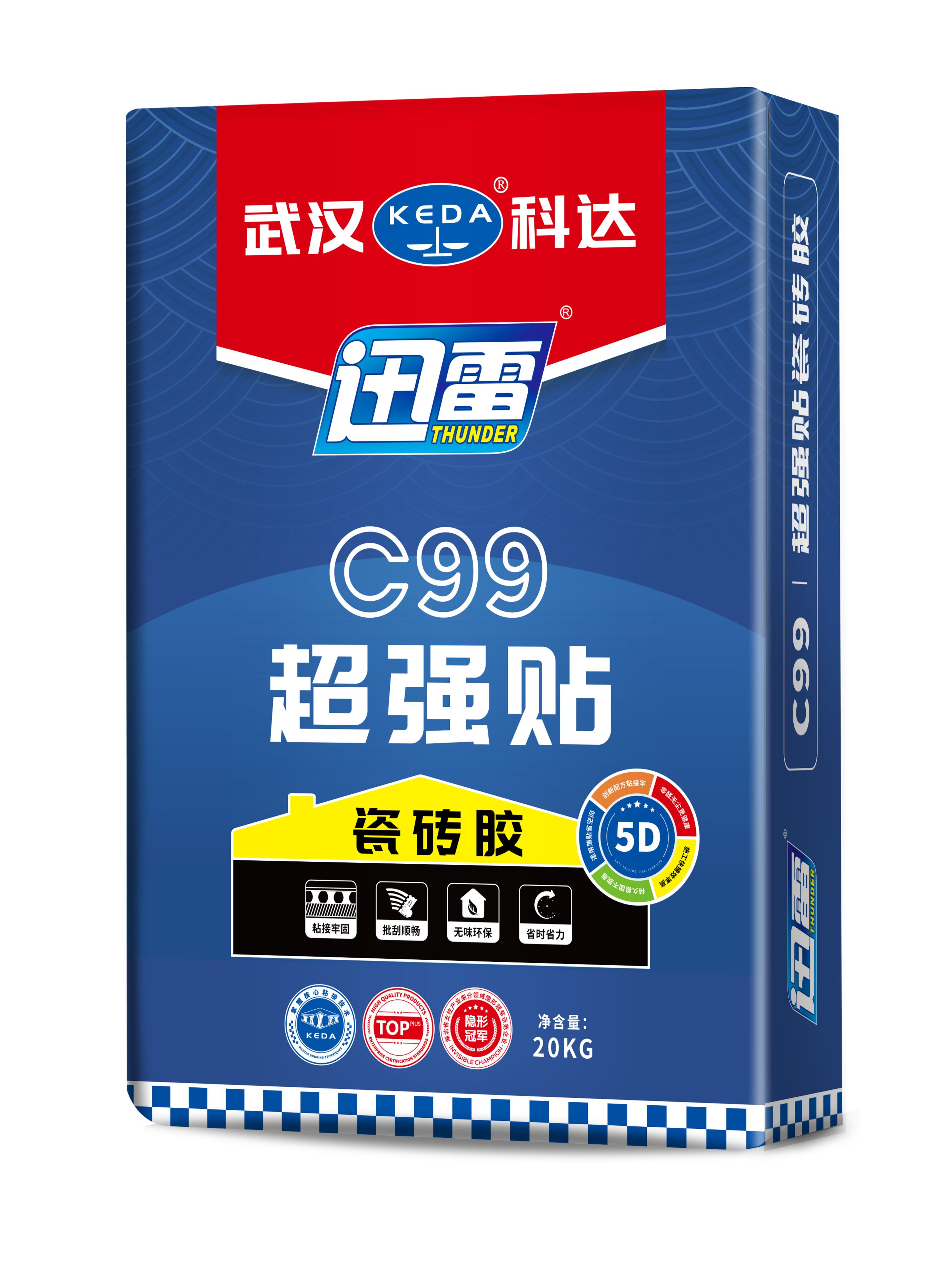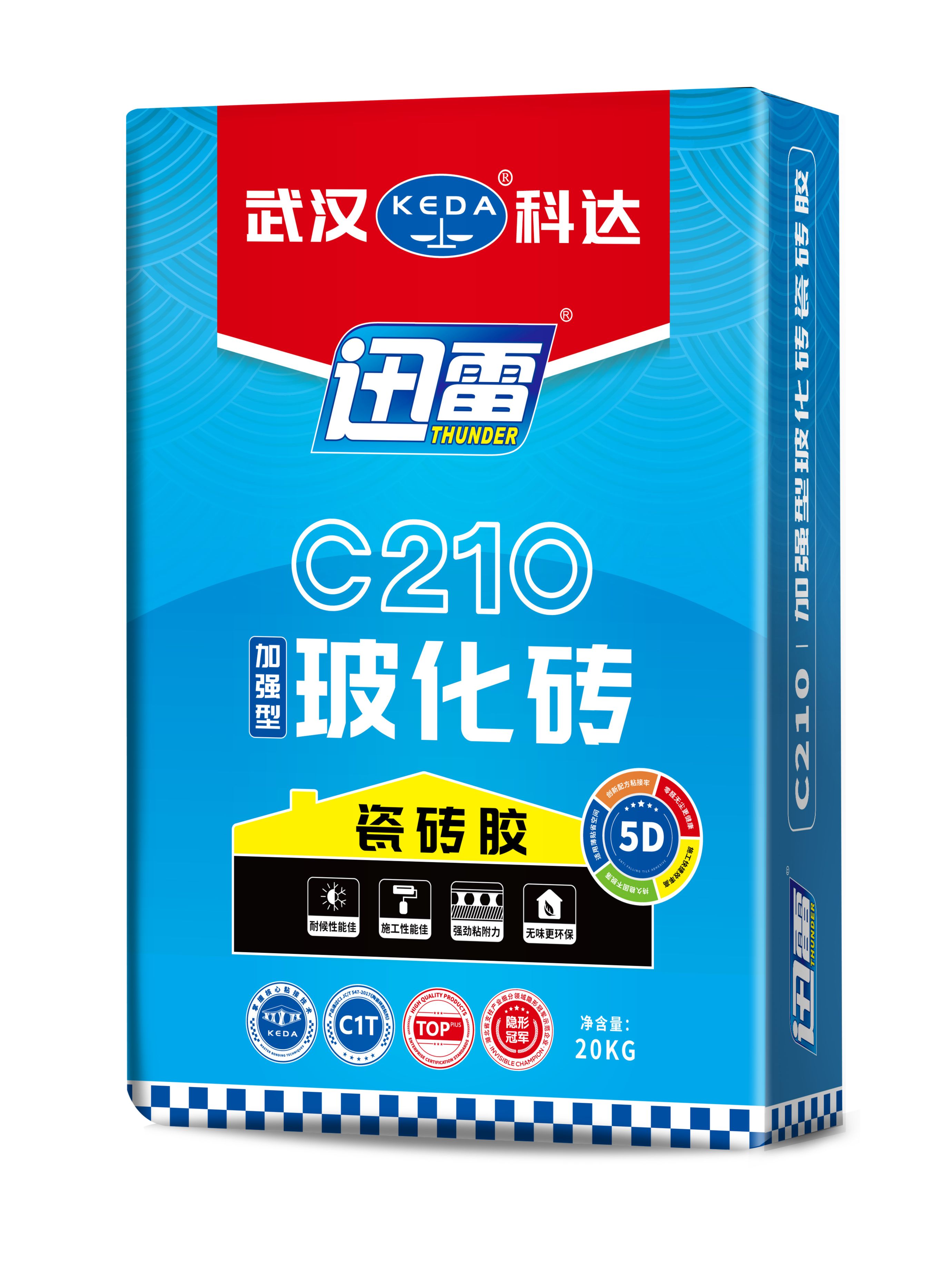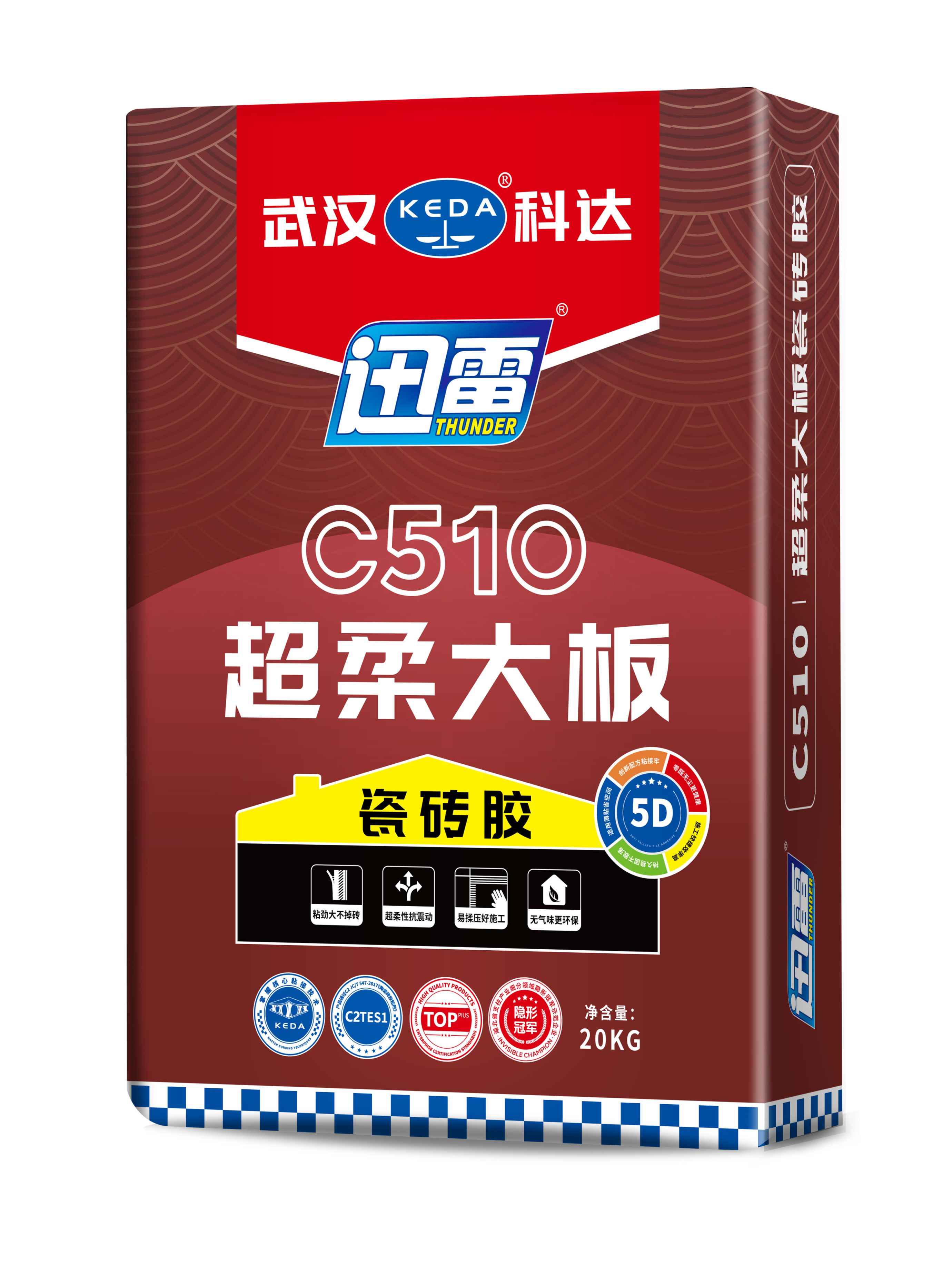

Xunlei C99 Super Tile Adhesive
-
Main features
-
- Powdered environmentally friendly tile glue formulated with high-quality cement as inorganic cementitious material, refined sand as aggregate and a variety of functional additives.
-
Product Certification
-
-
-
Color
- Grey
-
Product Specifications
-
- Bagged: 20kg per Bag
-
Executive standards
-
- Q/WKD008-2024 Medium and Thick Layer Tile Adhesive
Product overview
Thunder C99 super tile adhesive is a powdery environmental protection tile adhesive made of high-quality high-strength cement as the main cementing material, refined sand as the main aggregate, and imported various functional additives. Environmental protection is harmless to human body and can be directly mixed with water. It is used for pasting ordinary ceramic tiles with water absorption rate greater than 6%, and has excellent anti-slip performance at the same time.
Product characteristics
|
Characteristic one
|
Firmly bonded
|
Characteristic II
|
Smooth batch scraping
|
|
Characteristic three
|
Save time and effort
|
Characteristic four
|
tasteless environmental protection
|
Scope of application
| Indoor applications
|
Not suitable for outdoor applications
|
||
| Applicable base
|
Applicable ceramic tile
|
Applicable tile size
|
|
|
Stabilized base such as cement mortar, concrete, brick wall, etc. |
high water absorption ceramic tile (water absorption≥ 6%, I .e. obviously absorbed after dripping on the back) |
≤ 600 × 600mm |
|
Any application beyond the above range, such as the water absorption of the attached tiles <6%, the back of the tile must do effective interface treatment, and then use the tile glue normal paving
Construction operation
1. [Water ratio]
the mixing ratio of water is powder: clear water = 20kg:4.2-5.4kg
2. [Mixing method]
pour an appropriate proportion of water into the mixing bucket, and then pour the powder into the water and use an electric mixer to stir evenly, that is, the mixing method of adding water first and then pouring the material. Note: If the mixing method of pouring the material first and then adding water is adopted, it is easy to cause the dry powder of the adhesive to agglomerate and cannot be stirred, which not only affects the subsequent construction, but also causes the material performance to decline.
3. [Stirring time]
Use a mixer to fully stir until there is no raw powder, place for 3-5 minutes, and then stir for 15-30 seconds to use, mixing good tile glue should be used up within 2 hours
4. [recommend construction]
recommend the use of tooth-shaped scraper thin paste construction, the use of combination of construction technology.
5. [Construction method]
Use a spatula to apply the tile glue to a stable base layer, then apply a thick layer of tile glue, and use a suitable tooth-shaped spatula to comb the tile glue layer, each time the coating area is ≤ 1m2, and then knead the tiles with the thin batch of tile glue on the back to the undried and combed tile glue layer. Before tiling, check whether the adhesive layer has been dried on the surface. If it has not been dried on the surface, tiling can be applied again. The depth of the spatula teeth should consider the flatness of the base layer and the degree of convexity and concavity on the back of the tile.
6. [Special attention]
if the trench on the back of the ceramic tile is deep or the size of the ceramic tile is ≥ 300*300mm, the construction method should be adopted, I .e. the construction method of applying ceramic tile glue on the base layer of the tile and combing, applying ceramic tile glue on the back of the ceramic tile, then sticking the ceramic tile on the combed ceramic tile glue layer, and properly kneading and pressing. In order to ensure the construction quality, the construction personnel should open the vitrified tiles that have been pasted from time to time to ensure that the base surface on the back of the tiles is fully covered with tile glue.
7. [Reference Dosage]
Per square meter 1mm thickness of dosage is about 1.5kg, depending on the base surface flatness and tile size
Precautions
1. The product should be used by adding water in accordance with the reference ratio. After adding water and stirring, it should be used up within 2 hours. It is strictly prohibited to add any other materials, such as cement, sand, fine powder, lightweight materials, etc
2. This product is made from natural minerals as raw materials. Color differences between batches are normal phenomena and do not affect normal use
3. The release agent on the back of the tiles must be cleaned thoroughly
4. Do not mix damp or clumped dry powder of the adhesive with water before use
5. The construction temperature should be between 5 and 35℃. Construction should be avoided as much as possible in rainy, high-temperature, strong wind, severe cold and frost weather. If construction needs to be carried out on rainy days, proper shielding and protective measures should be taken, and it is necessary to ensure that the construction area is not wet by rain within 24 hours after construction
6. It is recommended to use a toothed scraper tool to lay tiles at an Angle of about 60 degrees to the inner side of the base layer. The thin laying process of applying mortar on both the wall and the back of the tiles should be adopted, with the standard requirement being ≥95%
7. When laying tiles, the thickness of the adhesive mortar should be between 3 and 10mm
8. When tiling indoors, there must be a gap of no less than 2mm between each tile
9. After the bricklaying is completed, the next step of grouting can only be carried out after the mortar has completely dried and solidified (≥24 hours)
Transportation and storage
-
Storage conditionsAvoid rain and bumping during transportation to avoid damage to the packaging
-
Transportation requirementsIt should be stored in a cool and dry warehouse to prevent moisture, and it is strictly prohibited to contact with water.
-
Warranty PeriodUnder normal transportation and storage conditions, the product quality is valid within 12 months.
FAQ
-
Q
When mixing the tile adhesive, there are powder lumps or it is too thin
-
A
Water was not added in proportion or the stirring time was insufficient.
Solution: 1. Mix strictly in accordance with the product instructions (usually the water-cement ratio is about 1:4);
2. Use an electric mixer to stir until there are no lumps. Let it stand for 5 minutes and then stir again.
-
Q
After the tile adhesive was applied, the adhesive slurry dried and solidified too quickly, and the available working time was insufficient
-
A
High-temperature, dry environment or excessive mixing of the adhesive at one time.
Solution: Prepare in small amounts multiple times (use up within 2 hours);
2. Avoid construction in direct sunlight or strong wind conditions. The construction temperature should be between 5 and 35 degrees Celsius.
-
Q
After completion, the tiles made a hollow sound when tapped and even fell off
-
A
1. The base surface is not firm, has oil stains or dust;
2. The adhesive was not evenly applied (without using a toothed scraper), and the construction was carried out by the back adhesive method.
3. The thickness of the tile adhesive applied exceeded 1.5cm.
Solution: Before construction, ensure that the base surface has sufficient strength, and then clean the base surface (an interface agent can be used to enhance adhesion).
2. Adopt the "double-sided gluing method" (assembly method for construction);
3. Gently tap the tiles with a rubber hammer to ensure that the full slurry rate is ≥95%.
4. The construction thickness should be controlled under 1.5cm and must not exceed 2cm.
-
Q
Cracks appeared in the adhesive layer after drying
-
A
The adhesive paste is too thick (exceeding 6mm) or the base surface absorbs water too quickly.
Solution: When applying thick tiles, switch to a combination of tile adhesive and tile back adhesive. Moisten the base surface in advance (without standing water).
-
Q
Tile adhesive cannot stick tiles (especially large-sized tiles or vitrified tiles).
-
A
1. Selecting the wrong type of tile adhesive (such as using C1 adhesive to stick large tiles);
2. Large-sized low water absorption bricks were not used in conjunction with back adhesive.
Solution: For large bricks and low water absorption rate bricks, select C2 grade high-strength tile adhesive and use it in combination with back adhesive.
-
Q
The tiles are not flat after being laid
-
A
No leveling device was used or the construction techniques were inconsistent.
Solution: Use cross-shaped clips to control the gaps when laying. For large bricks, it is recommended to use a laser level to assist in leveling.
-
Q
The tile adhesive overflows from the gaps, affecting the grouting
-
A
The glue slurry is too thin or the jointing is done too early.
Solution:
Clean up the spilled glue slurry in time (before curing). The joint filling needs to be done after the adhesive has completely cured (usually 24 hours later).
-
Q
Alkali efflorescence or glue stains appear on the surface of the tiles
-
A
The glue slurry was not cleaned up in time.
Solution:
Immediately wipe the surface of the tiles with a damp sponge after construction.
-
Q
The tiles in the corner cracked later
-
A
There is no gap left for thermal expansion and contraction or the flexibility of the adhesive is insufficient.
Solution: Leave a 2-3mm expansion joint and use flexible grout. It is recommended to apply a 45° chamfer at the positive corners.
-
Q
The tiles became loose after being used for a period of time
-
A
Deformation of the base surface (such as the lightweight wall not being reinforced) or aging of the mortar.
Solution: The lightweight wall needs to be reinforced with steel wire mesh. For damp areas, waterproof tile adhesive (such as C2TE standard) should be selected.
Preventive measures: 1. Base surface treatment: Ensure it is solid, flat, and free of oil stains. Base surfaces with high water absorption rates need to be moistened. 2. Choose the right material: Select the grade of tile adhesive based on the type of tile (size, water absorption rate) and the environment (indoor and outdoor, damp areas). 3. Standardized construction The toothed scraper is used to apply the adhesive, with the thickness of the adhesive slurry being 3 to 6mm. Large bricks need to be supported and fixed to prevent sliding. 4. Maintenance: Avoid stepping on or getting wet within 24 hours after construction.
Related Products



WeChat Channels


TikTok




